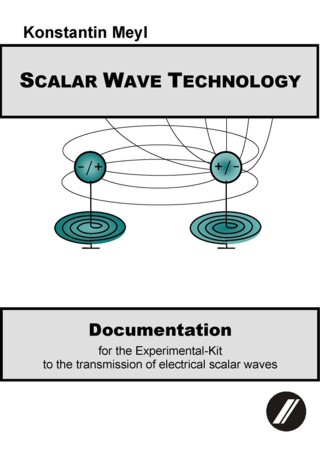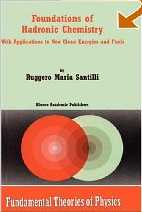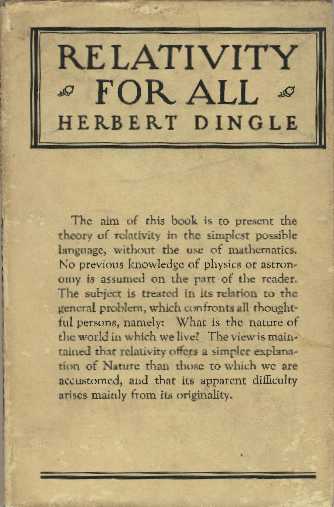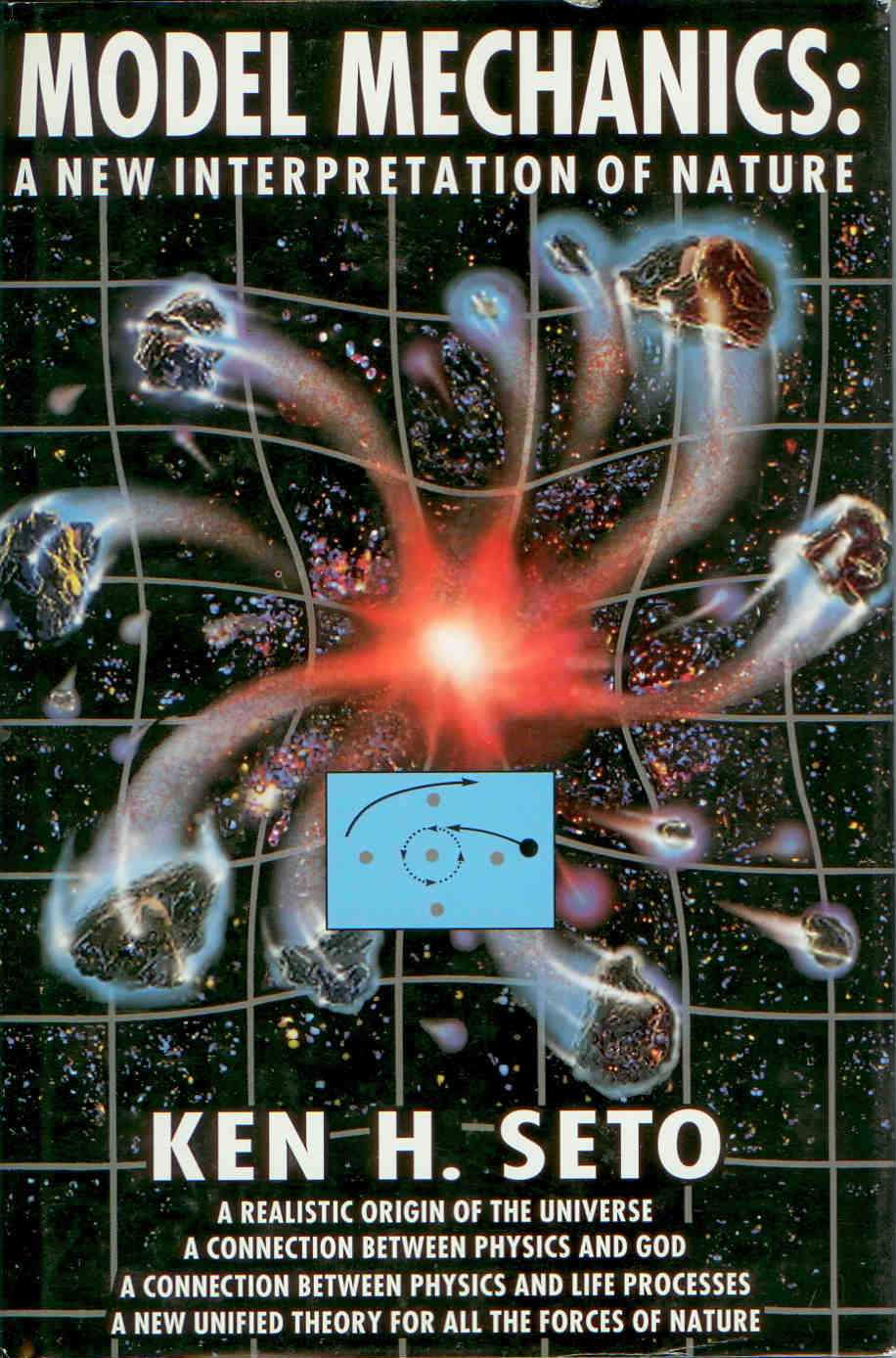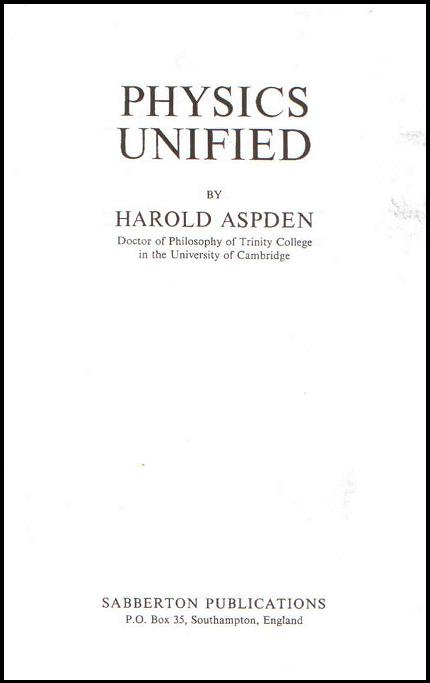Pages: 408
Publisher: Cambridge University Press
Year: 1936
ISBN: B0017USS24
ISBN: B00085LPN8
A revised 2nd edition of his 1914 book, A Theory of Time and Space.
Publisher: Konstantin Meyl
Websites: www.meyl.eu/go/index.php?dir=10_Home&page=1&sublevel=0
This book contains several chapters of the German book "Skalarwellentechnik".
Dokumentation f?r das Demonstrations-Set zur ?bertragung elektrischer Skalarwellen Mit Ausz?gen aus dem dritten Teil zur elektromagnetischen Umweltvertr?glichkeit.
Wer den Einstieg in die Welt der vom Autor entdeckten Potentialwirbel und deren Ausbreitung als Skalarwelle auf experimentellem Weg sucht, dem sei dieses Buch empfohlen. Es beginnt mit Anleitungen zu f?nf au?ergew?hnlichen Versuchen. Dabei gelingt der Nachweis einer elektrischen Strahlung, die Energie ?bertr?gt, und das auch noch schneller als Lichtgeschwindigkeit, und bei der mehr Energie beim Empf?nger ankommt als in den Sender hineingesteckt wird. Wer Zweifel hegt, der wird mit diesem Buch in der Hand die Experimente nachvollziehen k?nnen, um sie anschlie?end mit den Messger?ten zu pr?fen, die ihm vertraut sind. Als Erg?nzung zur Dokumentation sind noch einige Zeitschriftenartikel angeh?ngt mit hilfreichen Hinweisen und Diskussionsbeitr?gen zu den Experimenten. Widerspr?che im Weltbild der Physik aufzudecken ist wichtig und zugleich beunruhigend. Die Wissenschaft ist aufgefordert, die Widerspr?che zu ?berwinden. Zu diesem Zweck hat der Autor, Prof. Dr.-Ing. Meyl, die B?cher zur `Elektromagnetischen Umweltvertr?glichkeit` geschrieben, in denen er einen Weg aufzeigt, auf dem sich die Probleme l?sen lassen. Die entsprechenden Kapitel, die in einem direkten Bezug zu den Experimenten der Skalarwellen?bertragung stehen, sind ebenfalls in dieses Buch aufgenommen worden
View count: 1
View count: 1
Bahram Katirai has written a book that could revolutionize our understanding of stellar objects such as binaries, star clusters, novas and galaxies. Katirai claims that a number of the current theories in astronomy are based on faulty assumptions and speculations that were made centuries ago.
A series of recent studies, produced by cutting edge technology such as Hipparcos and others, actually contradict the theories. These theories, in turn, have created numerous unanswered problems such as why the direction of the motion, velocity and types of star near the sun do not conform to the current ideas about the Milky Way. Katirai pinpoints the root problems by examining how astronomers determine the distances of stars.
Pages: 28
Publisher: Oxford University Press
Year: 1971
ISBN: 0198519214
ISBN: 978-0198519218
Websites: en.wikipedia.org/wiki/Louis_Essen
View count: 1
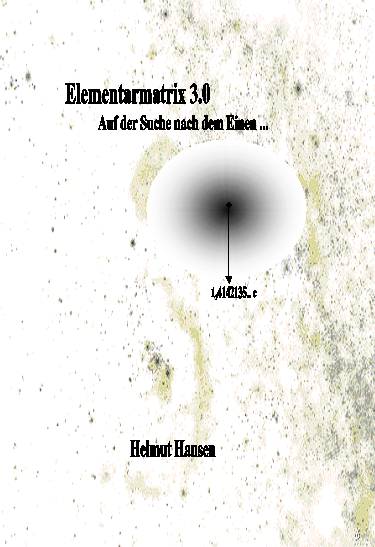
View count: 1
Pages: 452
Publisher: Springer
Year: 2001
ISBN: 1402000871
ISBN: 978-1402000874
Websites: www.i-b-r.org www.scientificethics.org
Despite outstanding achievements, Quantum Chemistry has failed to achieve exact representations of molecular data from exact quantum principles. Hadronic Chemistry is a new, nonlinear, nonlocal and nonunitary covering discipline which admits all quantum models as particular cases, while permitting invariant representations of molecular data exact to any desired accuracy. These results are due to a new mathematics necessary for the invariant treatment of nonlinear, nonlocal, and nonunitary theories, known as Santilli isomathematics, and a new structure model of molecules with strongly attractive correlations of valence electron pairs in single couplings, which correlations are nonlinear, nonlocal, and nonunitary, thus outside all the capabilities of Quantum Chemistry. Following a systematic presentation of the basic methods, the new model of molecules, and its experimental verifications, the author applies Hadronic Chemistry to the prediction and experimental verification of a new chemical species, called magnecules, consisting of stable clusters of molecules, dimers, and individual atoms under new non-valence internal bonds. Finally, the author applies all these results to the industrial development of new, clean energies and fuels.
Review
`In this pioneering monograph, the Italian-American physicist Ruggero Maria Santilli has submitted a structural generalization-covering of quantum mechanics and chemistry under the name of 'hadronic mechanics and chemistry' which appears to resolve the above problematic aspects. In fact, the new mechanics achieves essentially exact representations ofmolecular characteristics; consequently permits exact thermochemical calculations; introduces a new, strongly attractive force between valence pairs in singlet coupling with the strength needed to represent reality; restricts valence bonds solely to electron pairs in singlet couplings; eliminates the prediction of an arbitrary number of atomic constituents in molecular structures; and correctly represents the diamagnetic or paramagnetic character of the various molecules. Finally, and quite remarkably after all the preceding achievements, Santilli presents the application of the new methods and the chemical species of magnecules to the industrial production of a new fuel he calls MagneGas? (see www.magnegas.com), whose combustion exhaust is so clean that the new fuel has been certified not to require catalytic converters. In a nutshell, the monograph lends credence the view expressed repeatedly by Santilli in earlier work, that "there cannot be really new scientific theories without really new mathematics, and there cannot be really new mathematics without new numbers".'
Professor Jeremy Dunning Davies, University of Hull, UK
`That Professor Santilli, repeatedly nominated for the Nobel Prize, is extremely well equipped and capable to both ends is amply documented, first and foremost by his work, but also by the biographic and bibliographic sections of the monograph which deserve to be briefly summarised as well. He proposed Hadronic Mechanics already in 1978 jointly with its basic Lie-admissible structure when he was at Harvard University under US Department of Energy support. Its study was continued by mathematicians, theoreticians and experimentalists too numerous to quote here (but included in the book's references). However, Santilli remains to this day the most active contributor, eventually bringing the venture to full mathematical maturity in 1996, physical maturity in 1997 and geometric maturity in 1998.'
Professor Erik Trell, Link?ping University, Sweden
Publisher: Hadronic Press
Year: 1993
ISBN: 0911767878
ISBN: 978-0911767872
Websites: www.i-b-r.org www.scientificethics.org
Pages: 520
Publisher: Van Nostrand Reinhold
Year: 1970
ISBN: 0442091672
ISBN: 978-0442091675
Pages: 72
Publisher: Methuen & Co.
Year: 1922
ISBN: 1408648504
ISBN: 978-1408648506
ISBN: 0548692823
ISBN: 978-0548692820
ISBN: B0006AITBQ
Websites: en.wikipedia.org/wiki/Herbert_Dingle
The aim of this book is to present the theory of relativity in the simplest possible language, without the use of mathematics. No previous knowledge of physics or astronomy is assumed on the part of the reader. The subject is treated in its relation to the general problem, which confronts all thoughtful persons, namely: What is the nature of the world in which we live? The view is maintained that relativity offers a simpler explanation of Nature than those to which we are accustomed, and that its apparent difficulty arises mainly from its originality.
Pages: 187
Publisher: B & K Publishing House
Year: 1995
ISBN: 0964713608
ISBN: 978-0964713604
Pages: 884
Publisher: Longmans, Green & Co.
Year: 1938
ISBN: B0013FYCIC
ISBN: B0017T8ZW8
ISBN: B0006AOFY6
Websites: en.wikipedia.org/wiki/Alfred_O'Rahilly
Pages: 450
Publisher: Dover
Year: 1965
ISBN: 0486601269
ISBN: 978-0486601267
ISBN: B00156IK1E
Websites: en.wikipedia.org/wiki/Alfred_O'Rahilly
Pages: 14
Year: 1926
ISBN: B0008BI8NW
Websites: en.wikipedia.org/wiki/Charles_Lane_Poor
Publisher: New York Academy of Sciences
Year: 1925
ISBN: B00086YL0Q
Websites: en.wikipedia.org/wiki/Charles_Lane_Poor
Pages: 164
Year: 1937
ISBN: B00085M3SE
Websites: en.wikipedia.org/wiki/Dayton_Miller
Pages: 147
Publisher: Antonis Agathangelidis
Year: 1991
ISBN: 9602203587
ISBN: 978-9602203583
View count: 1
Pages: 206
Publisher: Sabberton Publications
Year: 1980
ISBN: 0850560098
ISBN: 978-0850560091
Websites: www.aspden.org peswiki.com/index.php/PowerPedia:Harold_Aspden
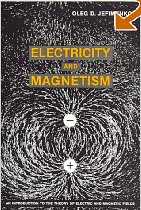
View count: 1
Publisher: Electret Scientific Company
Year: 1966; 2nd ed 1989
ISBN: 0917406087
ISBN: 978-0917406089
Websites: www.as.wvu.edu/coll03/phys/www/OJ/jefimenk.html en.wikipedia.org/wiki/Oleg_D._Jefimenko
Pages: 102
Publisher: Integrity Research Institute
Year: 1995
ISBN: 0964107007
ISBN: 978-0964107007
Websites: www.integrity-research.org
This book by Tom Valone, with significant input by Dr. Paul LaViolette, is just what is needed to orient oneself on the hot topic of "electrogravitics"?apparent anti-gravitational and thrusting effects stemming from electrical phenomena pioneered by T. Townsend Brown. Includes significant historical documents that bear on government and corporate involvement in this area. - Infinite Energy
Leslee Kulba, Electric Spacecraft Journal, Issue 12, 1994, p. 37
Having made a theoretical case for electrogravitics, the book also makes an historical one. Hints of electrogravitics in the history of aviation, revealed through the developments and statements made by major aircraft industries in articles from the Aviation Report in the mid-1950s, are reprinted. T.T. Brown's work is described in detail. The paper by Paul LaViolette was an intriguing speculation that the B-2 stealth bomber operates on T.T. Brown's principle of propulsion. Statements from government and ex-government workers and officials were shown to fit nicely with this possibility...This book can be appreciated by anyone who is interested in electrogravitics.
Vincent Coon, New Energy News, Vol. 2, No. 5, Sept., 1994, p. 10
In the early 1920's Dr. Paul A. Biefield, a physicist and adquaintance of Albert Einstein, working at the California Institute for Advanced Studies, discovered that a highly charged capacitor has an anomalous tendency to move in the direction of its positive pole. Biefield assigned Thomas Townsend Brown, his prodigy, to study the phenomena as a research project. That the effect is not due to ion wind is borne out in claims that the effect exists under insulating oil and high vacuum...T.T. Brown devoted considerable effort, time, and means to researching this effect. Although his work has been sensationalized, it also has attracted professional attention. "Electrogravitics Systems: Reports on a New Propulsion Methodology" edited by physicist Thomas Valone, MA, PE, is a currect and cogent anthology of reports on the electrogravitic research of T.T. Brown.
